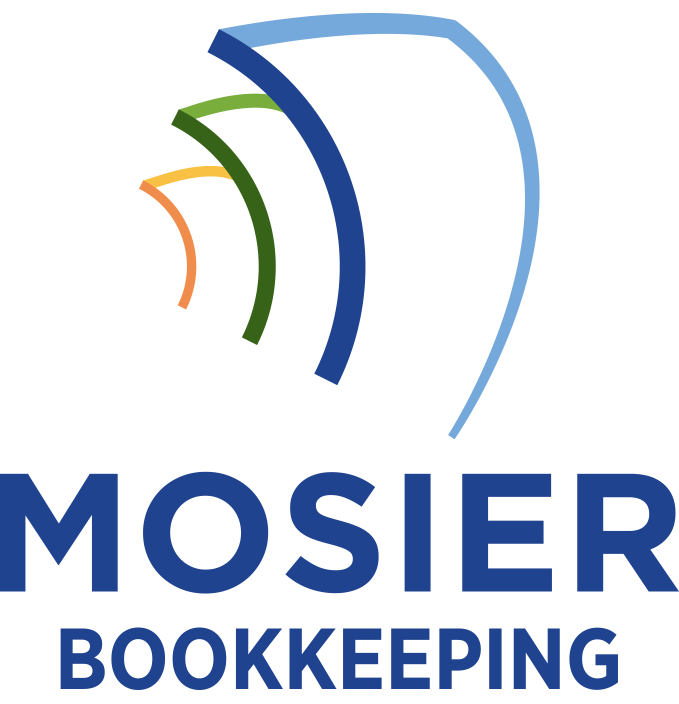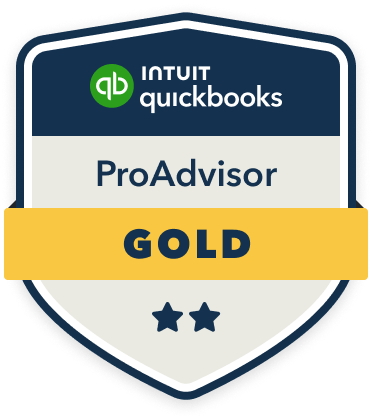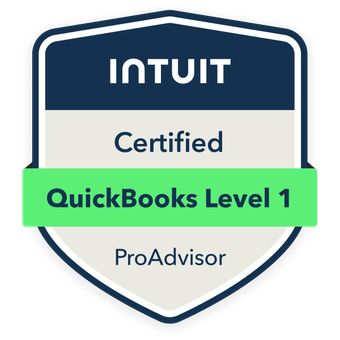To handle bookkeeping for non-profit organizations with grant funding, I’d start by setting up separate accounts for each grant to prevent fund commingling. I’ll create a detailed chart of accounts that distinguishes between restricted and unrestricted funds, while implementing real-time expense tracking systems. You’ll need robust documentation practices, including digital copies of all receipts and clear expense categorization. Strong internal controls and grantor-specific reporting guarantee compliance and transparency. The following sections explore essential practices for maintaining impeccable grant fund management.
Understanding Grant Fund Management Requirements

The proper management of grant funds forms a critical foundation for non-profit organizational success. I’ll guide you through three essential requirements: strict fund segregation, detailed documentation, and compliant reporting.
I maintain separate accounts for each grant to prevent commingling of funds. Each transaction must align with the grant’s specific terms and timeline. I track every expense meticulously, ensuring it matches approved budget categories.
I implement robust internal controls to demonstrate accountability to grantors. This includes maintaining detailed expense logs, recording matching funds, and documenting program outcomes. These practices protect your organization’s credibility and position you for future funding opportunities.
Setting Up a Proper Chart of Accounts
I’ll show you how to create a robust chart of accounts that tracks your grant income sources separately through distinct account codes and classifications. You’ll need to structure your account categories to clearly delineate restricted and unrestricted funds while maintaining compliance with each grant’s specific requirements. Your chart of accounts should feature a logical, streamlined coding system that makes it easy to generate accurate financial reports for your board, donors, and grant administrators.
Separate Income Source Tracking
Properly tracking different income sources stands as a cornerstone requirement for non-profit organizations that receive grant funding. I recommend implementing a robust system that separates each funding stream into distinct categories within your accounting software. This safeguards compliance with grant requirements and simplifies reporting.
- Create unique account codes for each grant, donation type, and revenue stream to maintain clear separation
- Set up detailed sub-accounts to track restricted and unrestricted funds with precision
- Implement real-time tracking methods to monitor grant spending against allocated budgets
These practices will help you maintain accountability, meet reporting deadlines, and strengthen your organization’s financial transparency.
Fund Restrictions and Categories
While setting up your chart of accounts, understanding fund restrictions and categories becomes essential for maintaining accurate financial records in your non-profit organization. I’ll help you create distinct categories for unrestricted, temporarily restricted, and permanently restricted funds to guarantee compliance with donor requirements and grant specifications.
You’ll need to establish separate accounts for operational expenses, program-specific costs, and capital expenditures. I recommend implementing subcategories that align with your grant deliverables and donor restrictions. This structure enables you to monitor spending limits, track fund allocation deadlines, and generate accurate reports that demonstrate your organization’s adherence to funding requirements.
Streamline Account Code Structure
Creating an efficient chart of accounts requires a systematic numbering scheme that reflects your non-profit’s organizational structure and reporting needs. I recommend implementing a structured coding system that separates grant funds, programs, and administrative expenses. This approach empowers you to track restricted and unrestricted funds effectively while maintaining compliance with funding requirements.
- Use a consistent, logical pattern: 1000s for assets, 2000s for liabilities, 3000s for net assets, etc.
- Incorporate program codes: First two digits for the program, followed by expense type
- Add grant identifiers: Unique prefixes for each funding source to enable accurate allocation
The right structure streamlines reporting, simplifies audits, and strengthens your financial control.
Tracking Restricted vs. Unrestricted Funds

In managing non-profit finances, I recommend creating distinct accounts to track restricted funds from grants separately from your unrestricted operating funds. I’ve found that maintaining this separation helps prevent the accidental use of restricted funds for unauthorized purposes and simplifies grant compliance reporting. Your organization must carefully monitor restricted funds to guarantee you’re using them only for their designated purposes, as specified in your grant agreements.
Separate Account Management
Non-profit organizations must keep restricted and unrestricted funds separate to maintain proper financial oversight and comply with grant requirements. I recommend setting up distinct bank accounts and ledgers for each funding stream to guarantee accurate tracking and reporting.
- Create separate bank accounts for restricted funds from each major grant source to prevent commingling of resources
- Implement a robust accounting system that clearly delineates restricted and unrestricted transactions through dedicated account codes
- Establish internal controls for fund transfers between accounts, requiring documented approvals and maintaining clear audit trails
This separation enables me to generate precise financial reports, demonstrate accountability to donors, and maintain compliance with grant terms.
Grant Fund Usage Limitations
Most grant funds come with strict usage limitations that require meticulous tracking and documentation. I’ll help you understand how to manage these restrictions effectively. You’ll need to separate restricted funds (those with specific donor-imposed limitations) from unrestricted funds (those you can use for any organizational purpose).
I recommend creating distinct expense categories that align with your grant requirements. Track every dollar spent against the grant’s specific provisions, including allowable costs, spending deadlines, and program objectives. This guarantees you maintain compliance and can demonstrate proper fund allocation during audits or when reporting to grantors.
Best Practices for Grant Expense Documentation
Maintaining detailed records of grant expenses requires a systematic approach that meets both donor requirements and audit standards. I recommend implementing robust documentation practices that capture every transaction detail while ensuring alignment with your grant agreements. You’ll need to track expenses meticulously and maintain clear audit trails.
- Create digital copies of all receipts, invoices, and payment records, organizing them by grant and expense category
- Document the purpose of each expense and its connection to grant objectives
- Maintain a real-time expense tracking system that includes date, amount, vendor, and grant allocation
This documentation system will strengthen your financial controls and support grant compliance requirements.
Creating Effective Financial Reports for Grantors

With proper expense documentation in place, your organization can now focus on creating clear and thorough financial reports that meet grantor requirements. I’ll help you develop reports that demonstrate fiscal responsibility and compliance with grant stipulations.
I recommend structuring your reports to include budget-to-actual comparisons, detailed expense categorizations, and progress metrics that align with grant objectives. I guarantee each report clearly tracks restricted funds separately from general operating funds and includes supporting documentation for all major expenditures.
Your financial reports should tell a compelling story of how you’re maximizing grant dollars to achieve your mission while maintaining pristine accountability standards.
Internal Controls and Compliance Measures
Strong internal controls protect your non-profit’s grant funding while ensuring compliance with regulatory requirements and donor restrictions. I recommend implementing a robust system of checks and balances that separates financial duties among multiple staff members. You’ll need to establish clear approval processes for grant expenditures and maintain detailed documentation for every transaction.
- Create an all-encompassing policies and procedures manual that outlines roles, responsibilities, and financial controls
- Implement dual signature requirements for checks and electronic payments above predetermined thresholds
- Conduct regular internal audits and reconciliations to identify potential issues before they become problems
This structured approach helps you maintain accountability and minimize the risk of fraud or misappropriation.
